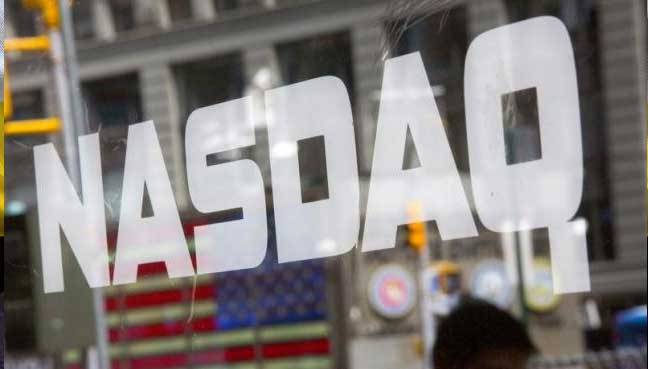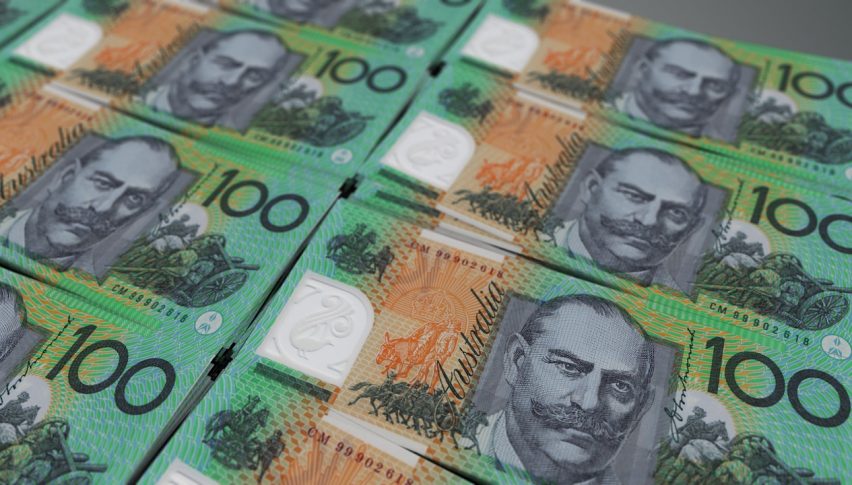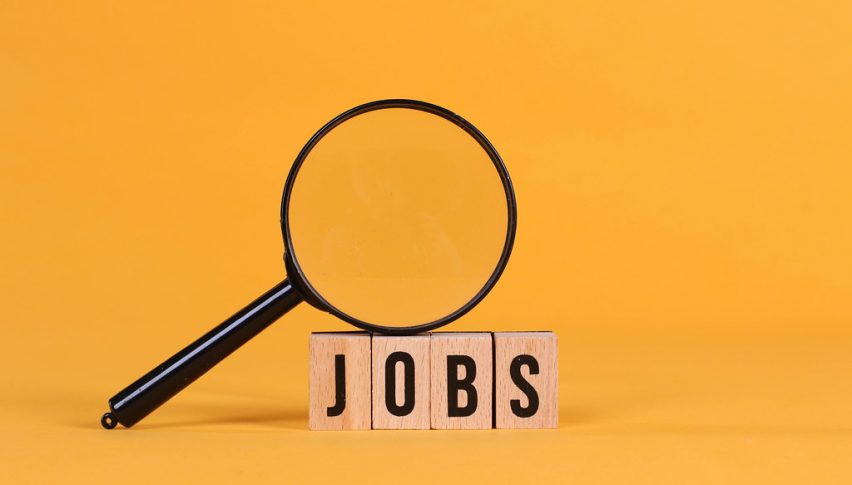AUD/USD Heading Lower to 0.65, As RBA Rate Hikes Hurt Housing Sector
AUD/USD has been bearish since 2011 and we saw a major dive during the breakout of the coronavirus in early 2020, which took the price to 0.55. After that, we saw a sharp reversal as the USD retreated and this pair kept climbing higher until 0.80, where it met the 100 SMA (green) which has been acting as resistance since then, pushing the highs lower on the monthly chart. The 200 SMA (purple) also helped strengthen the resistance back then.
AUD/USD Monthly Chart – MAs Keeping the Price Down

The highs keep getting lower in AUD/USD
AUD/USD still faces downward pressures on the back of receding risk-on momentum and rate hikes from the RBA are not helping it. On 6 September, the Reserve Bank of Australia (RBA) issued a 50 bps rate hike. However, we still expect this pair to weaken against the only remaining safe haven, which is the USD, in the current risk-off environment.
It is too early for the RBA to judge the full economic impact of the rate hikes (2.25% in 4 months), although the cooling housing market and rising interest burden are expected to start to weigh on consumer spending in the coming months. AUD/USD has been more sensitive to the change in market risk sentiment than the RBA hikes. So, we expect this pair to face downward pressure in the near term, on the back of receding risk-on momentum.
The employment report which was released early this morning missed expectations, which is another negative factor for the AUD today.
Australian August Employment Report
- Australian Jobs added +33.5K (expected +35K)
- Unemployment rate 3.5% (expected 3.4%)
- Part time is not in the table above, it’s -25.3K.
- Underemployment rate 5.9%
- Underutilization rate 9.4% (within a bee’s appendage of a 40-year low)
- Hours worked +0.8% (July was -0.8%)
The Employment Change (jobs added in the headline above) and Unemployment Rate are the twin headlines from the monthly report on the labour market here in Australia.
The jobs added are, well at least they added, but after the big drop the previous month, this is not an impressive result. Participation has jumped, it’s nice to see more job hunters in what we are told is a tight market. Participation up has ticked the unemployment rate a little higher.



